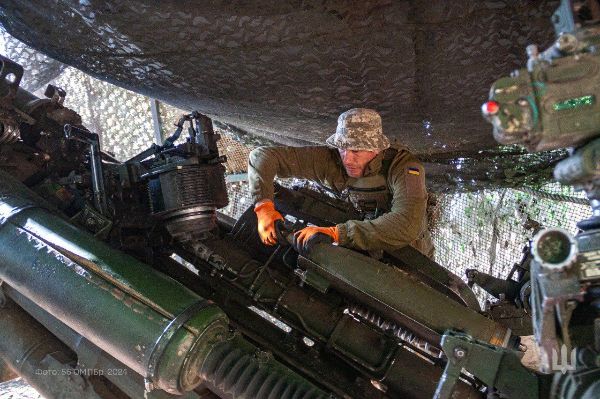### Ukraine’s Strategic Defense Success Near Lyptsy
The recent analytical report from the American Institute for the Study of War (ISW) underscores a significant victory for the Armed Forces of Ukraine (AFU), as they successfully repelled Russian advances near the village of Lyptsy. This strategic defense has not only halted the enemy’s progress but has also highlighted the resilience and tenacity of Ukrainian troops in the face of adversity.
#### Ongoing Conflict Dynamics
Despite Ukraine’s effective defense near Lyptsy, the situation remains tense. Russian forces are persistently launching ground attacks in the vicinity of both Lyptsy and Ternova. However, reports indicate that there have been no significant alterations to the front line in the Vovchansk area. This stagnation suggests a complex battlefield dynamic where both sides are grappling for control, with Ukraine firmly holding its ground.
#### Insights into Lyptsy
Lyptsy, located just north of Kharkiv, is a small yet strategically important community comprised of 17 settlements and was home to approximately 13,500 residents before the onset of the conflict. The village was occupied by Russian forces in February 2022 but was liberated in September of the same year. The defensive posture of the AFU has proven essential; at the height of Russian offensives, they managed to occupy six surrounding villages. This back-and-forth over territory exemplifies the ongoing volatility in the region.
In analyzing the current landscape, we can draw parallels to historical military engagements where determined local forces have triumphed over larger adversaries. For instance, during World War II, guerrilla tactics employed by certain factions in occupied territories often led to successful retaking of control, much like the strategies employed by the AFU today.
#### Forces at Play in Northern Kharkiv
In their ongoing efforts, various military units are currently operating in the northern Kharkiv region, including:
— The 245th Guards Motorized Rifle Regiment of the Russian Federation, newly formed and seeking to make an impact.
— The volunteer unit «Special Forces Anwar» (presumably linked to BARS-25 «Anwar»), showcasing the diverse makeup of the Russian forces.
— Units from the so-called «African Corps,» a contentious addition to the occupying forces that raises questions about the wider implications of foreign combatants.
These diverse groups signify the multi-faceted nature of the conflict and the various tactics employed on the battlefield.
#### The Bigger Picture: War and Community Impact
When we observe the conflict from a broader perspective, it is imperative to acknowledge the deep-rooted implications on local communities. With Lyptsy being a microcosm of the war’s effects, the resilience displayed by its residents and defenders reveals the strength of the Ukrainian spirit.
Statistics indicate that communities within conflict zones often experience significant social and economic disruption; for example, studies show that war can lead to a 50% decline in local business activity. This further illustrates the necessity of continued support for both military and civilian recovery initiatives.
#### Conclusion
As Ukraine continues to withstand Russian aggression, the situation in Lyptsy serves as a telling example of the complexities involved in modern warfare. The bravery of the Armed Forces of Ukraine, coupled with the unwavering resilience of its communities, reinforces the notion that every inch of contested territory holds both strategic and emotional significance. The international community must remain vigilant and supportive of Ukraine’s sovereignty as the conflict evolves – for in the heart of every battle lies the story of those who fight not just for land, but for their very way of life.






